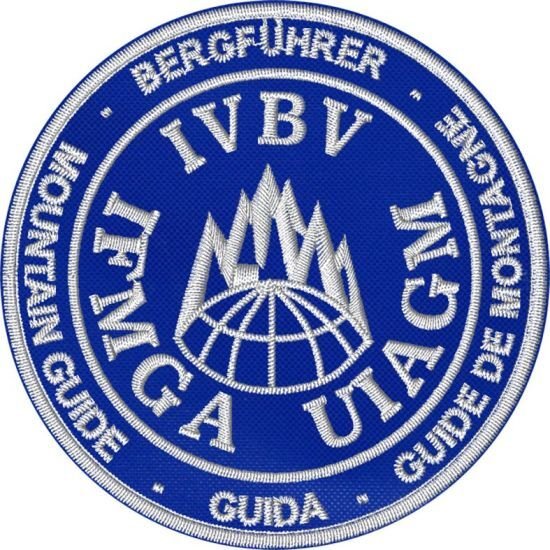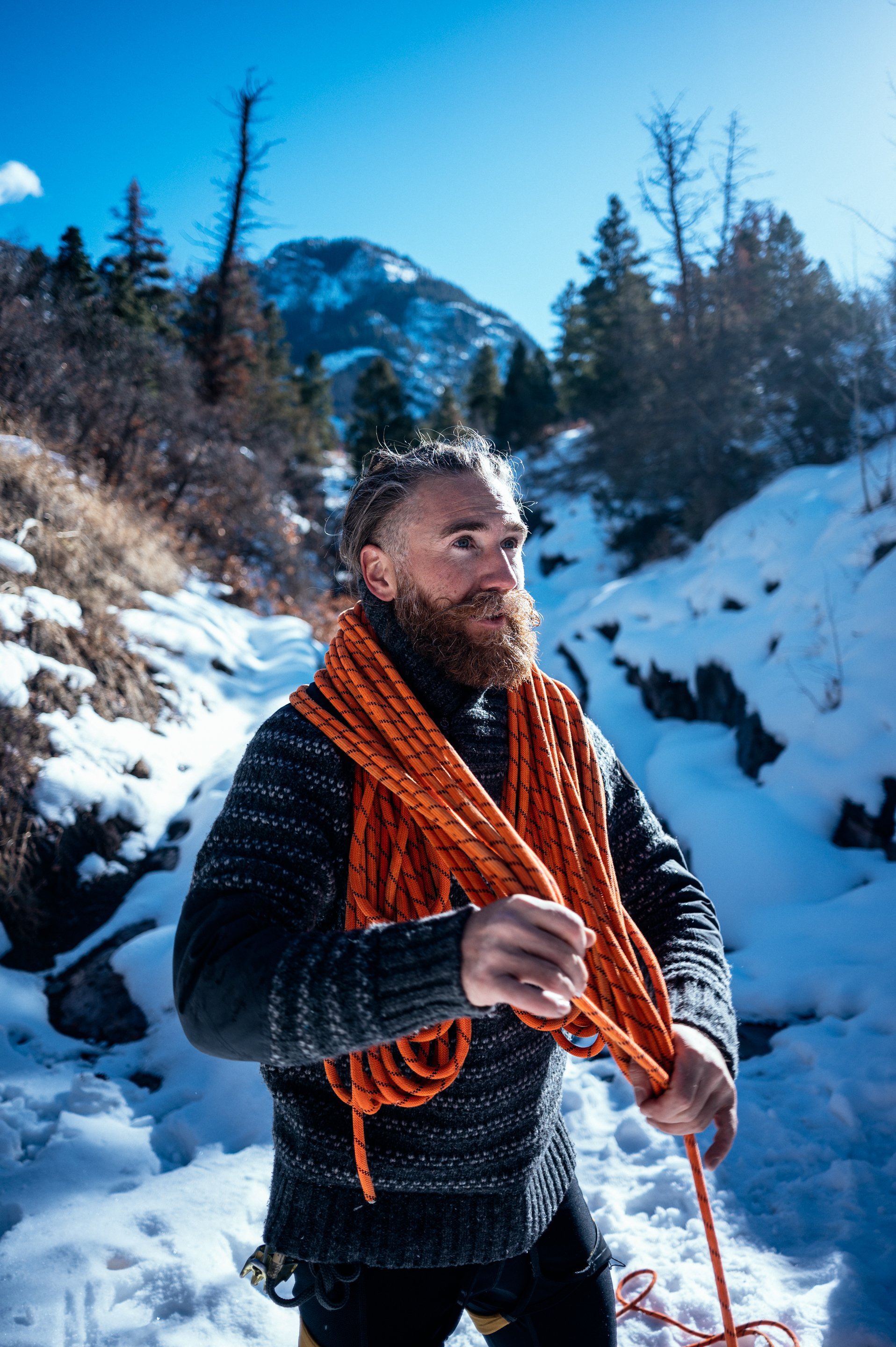Summit Pioneers: The Trailblazing Story of Europe's First Mountain Guides

In the early annals of mountaineering in Europe, after the dawn of climbing’s Golden Age, the concept of professional mountain guides outfits began to take shape in an effort to safely steward more novice alpine aficionados throughout the ranges of the Alps. One notable story revolves around the Alpine region and the pioneering efforts of the first mountain guides.
During the mid-1800s, as interest in exploring the majestic peaks of the Alps grew rapidly as philosopher, scientists, and others drawn to nature sought commune more deeply with the surrounding mountains of the Alps across France, Switzerland, & Italy. With the expansion of a rising interest in trekking, climbing, and mountaineering, so did the need also rose for experienced individuals to assist climbers in navigating such treacherous terrain. On the French side of the Alps, one of the first recognized mountain guides was François Couttet, a Savoyard farmer with an intimate knowledge of the Mont Blanc massif.
François Couttet gained local renowned for his ability to navigate the challenging landscapes and variable weather. Armed only with the robust knitwear, woolen bottoms, and gabardine waxed cotton outerwear of the era, Couttet made a series of technical excursions with safe descents and immediately thereafter both novice and experienced climbers began seeking his assistance to conquer the highest peak in the Alps, Mont Blanc. Thus, in 1821, Couttet guided Dr. Hamel and Joseph-Marie Couttet to the summit of the Mont Blanc massif, marking one of the earliest recorded instances of a such a guided ascent.
As the demand for skilled guides increased, other individuals from mountain communities started to also offer their services. The profession of mountain guiding became a vital part of Alpine tourism which lives on to this day. These early guides not only possessed exceptional mountaineering skills but also a deep understanding of the local terrain, weather patterns, and potential hazards. Intimately connected to the surrounding environment and familiar with its seasonal gyrations, the guides of the Alps understood
advanced elements of snow pack, ice consistency, and gauges of temperature critical to mitigate the inherent risks of ascents and descents. Sages of the mountains, the knowledge possessed by 19th century and 20th century guides became a form of reputational enhancement and regional respect.
The pioneers of early 19th and 20th century climbing, and ski mountaineering set the foundation for the modern profession of mountain guiding, establishing a sturdy & timeless tradition that continues to this day. Today, in this 21st century of mountain exploration and recreation, certified mountain guides undergo rigorous modern training the origins of which can be traced back to the fearless individuals who first ventured into the Alps, guiding others to reach bask in the glorious summits of Europe's most iconic peaks.






